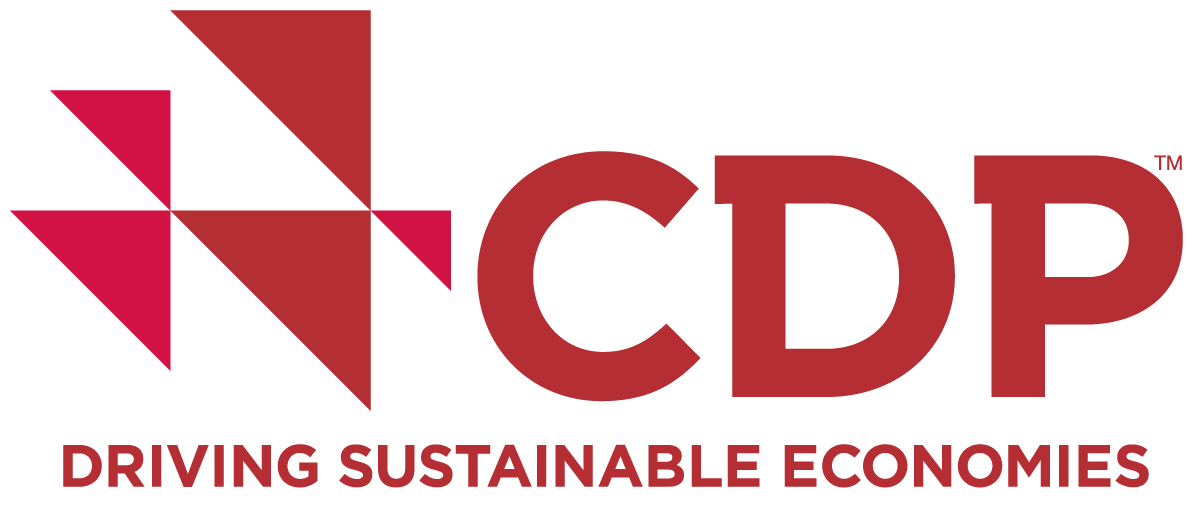By Elizabeth Plascencia

The term climate accounts for the prevailing trends in weather for a given area overtime. Accordingly, how does this projection suddenly become “global”? It is disseminated at the very nature of it all – greenhouse gases (GHG) are not held liable under any physical boundaries. Consequently, all emissions are subject to one atmosphere and repercussions are therefore global in that respect. Ranging from small local movements to large international agreements, efficiently and effectively addressing global climate change entails action on all levels. Through the work of cooperative transnational networks there is an active movement towards widespread involvement. With specific attention to the second most abundant GHG in the atmosphere, carbon dioxide (CO2), the transnational organization of the Carbon Disclosure Project (CDP) is an international, non-profit body that provides the “…only system for companies and cities to measure, disclose, manage, and share vital environmental information” (CDP, 2014). CDP effectively advances its objectives with respect to governing climate change by providing a public platform for global emissions information sharing which directly drives market forces to sustainable economies.
Historically, international agreements requesting a reduction in national GHG emissions (i.e. Kyoto Protocol) have gained minimal widespread momentum. The Carbon Disclosure Project’s success may be due to the fact that it works in such a way that creates a market force pressure on firms and businesses to invest in renewable rather than carbon intensive fuel in order to reduce emissions. As per its public platform on emissions, “The CDP now covers US $57 trillion worth of assists from over 3,000 companies. The scope of private regulation is, therefore, impressive and reaches key actors not subject to other forms of governance” (Bulkeley, p. 99). It is clear that the CDP is actively working towards a long-term sustainable global economy by providing widespread evidence and management of environmental impact.
Though frequently seen as separate within international negotiations, climate change and business are fused together and “The CDP provides a secretariat for the world’s largest institutional investor collaboration on the business implications of climate change” (Bulkeley, p. 99). CDP’s approach to climate change is directly linked to a transformation in the global economic system. As opposed to the convectional separation of business from the realm of climate change, CDP provides a platform for cities and companies to evaluate their respective emissions and make progress into a more energy efficient agenda which would not only benefit their company but also the welfare of the planet and its inhabitants. The CDP’s main goals are listed below (CDP, 2014):
- Request information n greenhouse gas emissions, energy use and the risks and opportunities from climate change from thousands of the world’s largest companies. Through measurement and transparency companies are better placed to manage and protect themselves from climate change risk.
- Use the power of the shareholder to drive greenhouse gas emissions reduction. We coordinate a request from a group of investors asking the world’s largest companies in high emitting sectors to implement cost-effective emissions reductions. This expands on our climate change disclosure request to accelerate greater action by companies around the world.
- Provide companies with carbon management support services. We have developed a services package that helps companies take a rigorous approach to carbon management, benchmark business performance, and learn best practices.
Nearly eleven years from the first carbon data request to corporations, the Carbon Disclosure Project continues to inform large corporations and stakeholders about emissions. Continued expansion within new sectors such as forestry and water rights drive CDP towards the creation of a sustainable future.
Check out this interview of Paul Simpson, Chief Executive Officer at CDP, from COP19 in Warsaw, Poland.
[youtube_sc url=”https://www.youtube.com/watch?v=wfqRf3xYqZM”]
Bibliography
Bulkeley, Harriet, and Newell, Peter. Governing Climate Change. Routledge, 2010.
CDP – Driving Sustainable Economies. “About CDP – Catalyzing business and government action” https://www.cdp.net/en-US/Pages/About-Us.aspx. 2014
CDP – Driving Sustainable Economies. “Alliances” https://www.cdp.net/en-US/OurNetwork/Pages/alliances.aspx. 2014
CDP – Driving Sustainable Economies. “Our Climate Change Work” https://www.cdp.net/en-US/Programmes/Pages/climate-change-programs.aspx. 2014
CDP – Driving Sustainable Economies. “What we do – CDP Worldwide” https://www.cdp.net/en-US/WhatWeDo/Pages/cdp-worldwide.aspx. 2014
Lee, Taedong. “Global Cities and Transnational Climate Change Networks.” Global Environmental Politics. Vol. 13.1 (2013) pp. 108-128.

